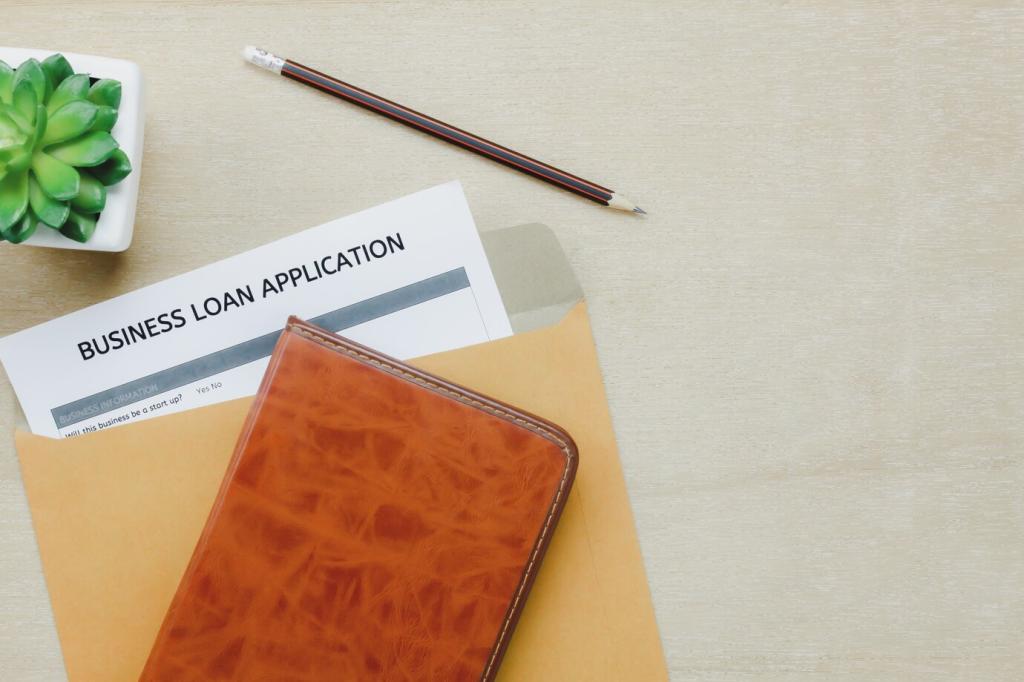Protect What You Save
Match deductibles to your emergency fund and ensure coverage for what would otherwise drain your savings—health, renter or homeowner, auto, and possibly umbrella. Review annually. As life changes, so should coverage; over‑insuring wastes money, under‑insuring risks everything you’ve built.
Protect What You Save
HSAs, FSAs, commuter perks, and wellness stipends can preserve cash flow. Nina discovered her employer’s HSA match and redirected pharmacy costs, freeing $80 monthly for savings. Spend ten minutes in your benefits portal; small changes can add up to hundreds each quarter.







